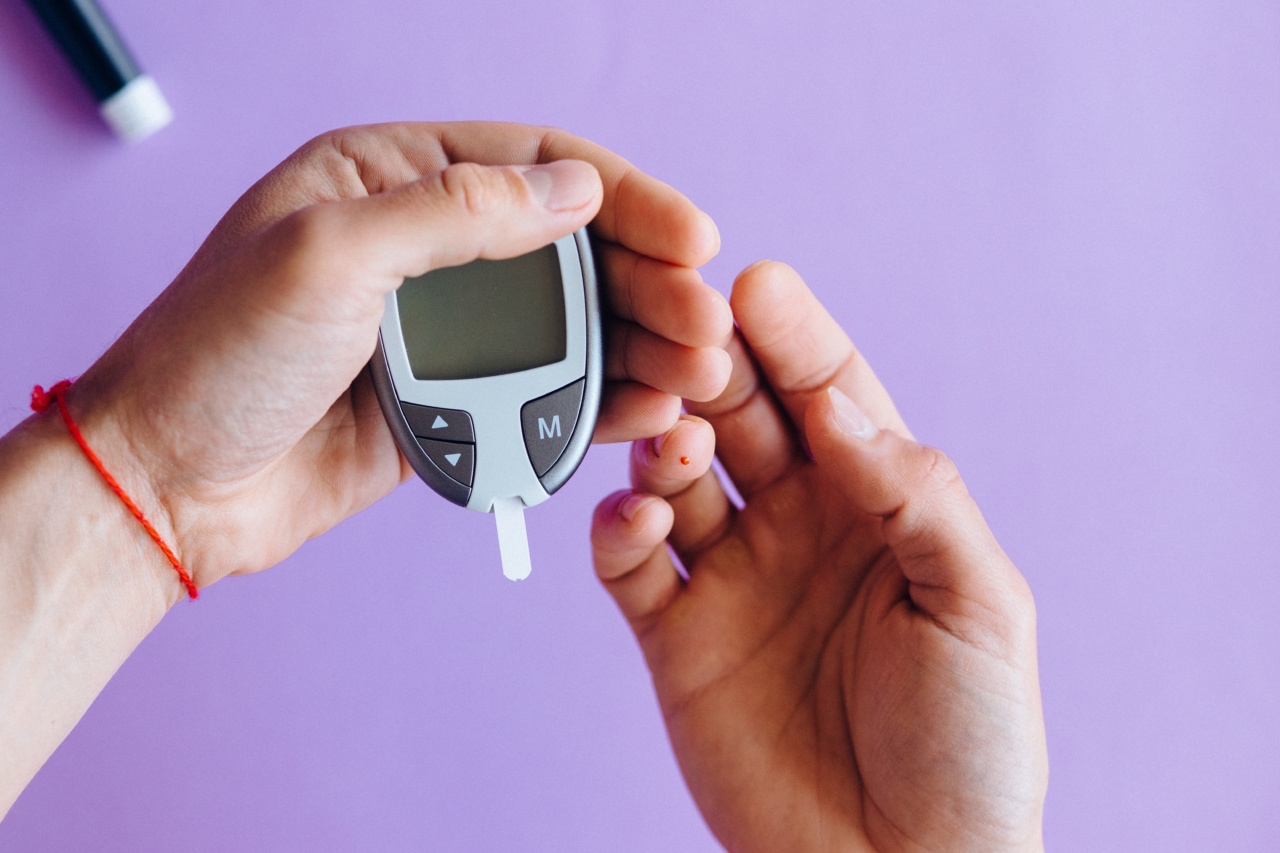Rice is an essential staple food in many cultures worldwide, and it is a good source of carbohydrates. However, for people living with diabetes, the consumption of rice can pose a challenge.
This is because rice can have a considerable impact on blood sugar levels, due to its high carbohydrate content. In this article, we will explore how rice affects blood sugar levels in people with diabetes.
Understanding Diabetes
Diabetes is a chronic medical condition that causes high levels of sugar (glucose) in the blood. This occurs when the body cannot effectively use or produce insulin, a hormone that regulates blood sugar levels. There are two main types of diabetes:.
Type 1 Diabetes
Type 1 diabetes is an autoimmune disease that occurs when the immune system attacks the cells in the pancreas that produce insulin. This results in little to no insulin production, leading to high blood sugar levels.
Type 1 diabetes is usually diagnosed in children and young adults and is treated with insulin therapy.
Type 2 Diabetes
Type 2 diabetes typically develops in adulthood when the body becomes resistant to insulin or doesn’t produce enough insulin to maintain normal blood sugar levels.
This type of diabetes is often associated with lifestyle factors like being overweight and inactive. Management of type 2 diabetes involves lifestyle changes, medication, and sometimes insulin therapy.
Rice and Blood Sugar Levels
Rice is high in carbohydrates, which are broken down into glucose during digestion. This glucose enters the bloodstream and raises blood sugar levels.
Therefore, consuming rice can have a significant impact on blood sugar levels, especially in people living with diabetes.
One of the factors that influence the impact of rice on blood sugar levels is the type of rice consumed. White rice, for instance, is more refined and processed than brown rice.
This means that white rice has a higher glycemic index (GI), which is a measure of how quickly a food raises blood sugar levels. Brown rice, on the other hand, has a lower GI and a slower impact on blood sugar levels.
The Glycemic Index
The glycemic index is a measure that ranks different foods based on how quickly they raise blood sugar levels. Foods with a high glycemic index are broken down quickly, leading to a rapid increase in blood sugar levels.
Foods with a low glycemic index are broken down slowly, leading to a slower and more gradual increase in blood sugar levels. Understanding the glycemic index of foods consumed is useful for individuals living with diabetes when making food choices to manage blood sugar levels.
The Impact of Rice on Blood Sugar Levels in People with Diabetes
People living with diabetes must manage their blood sugar levels carefully to prevent complications. This involves monitoring their carbohydrate intake, including the intake of rice.
Various studies have examined the impact of rice on blood sugar levels in people living with diabetes.
For instance, a study published in the journal Diabetes Care found that consuming 3 servings of white rice per week had a 1.6-fold increase in the risk of type 2 diabetes. The study further found that substituting white rice with brown rice could reduce the risk of type 2 diabetes by up to 16%.
Another study published in the journal Nutrients found that replacing white rice with brown or black rice could reduce the glycemic response and improve glycemic control in people with type 2 diabetes.
This is because brown and black rice have a lower glycemic index than white rice, leading to a slower and more gradual increase in blood sugar levels.
Therefore, it is important for people living with diabetes to consider the type of rice consumed when making food choices. Brown, black, and wild rice are healthier alternatives to white rice, as they contain more fiber and have a lower glycemic index.
Additionally, portion control is crucial when consuming rice, as consuming large quantities of rice can lead to a rapid increase in blood sugar levels.
Tips for Managing Rice Intake for People with Diabetes
Here are some tips for people with diabetes on managing their rice intake:.
- Choose brown, black, or wild rice over white rice.
- Control portion sizes when consuming rice.
- Consider swapping rice with non-starchy vegetables or other whole grains like quinoa or barley.
- Consider rice alternatives that are low in carbohydrates, such as cauliflower rice.
Conclusion
Rice is an essential staple food in many cultures worldwide. However, for people living with diabetes, rice can have a significant impact on blood sugar levels.
Choosing healthier rice alternatives and controlling portion sizes are crucial for managing blood sugar levels in people with diabetes. Additionally, understanding the glycemic index of different foods consumed is useful for making healthy food choices.
By making informed food choices, people living with diabetes can manage their blood sugar levels effectively and reduce their risk of complications.






























